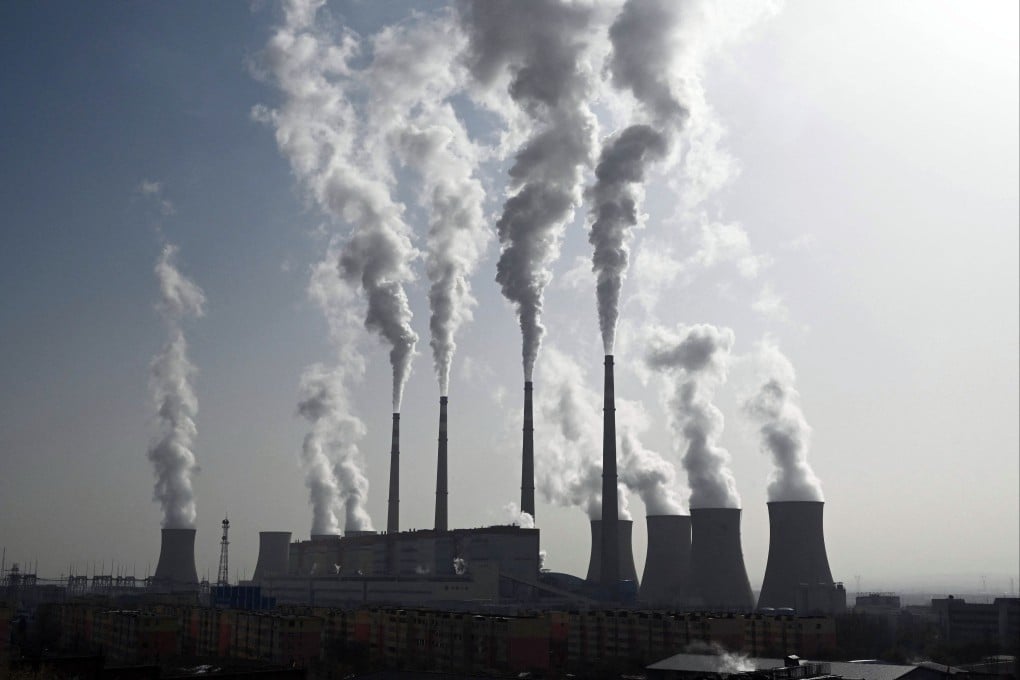Shell, ExxonMobil join study to build one of the world’s largest carbon capture and storage projects in China
- Shell and ExxonMobil have signed an MoU with Guangdong government and China National Offshore Oil Corp to conduct a feasibility study for the project
- The proposed capacity of China’s first major carbon storage project in Daya Bay, off Shenzhen, is 10 million tonnes a year

Global oil and gas giants Shell and ExxonMobil have teamed up with China National Offshore Oil Corp and the Guangdong provincial government to conduct a feasibility study to build China’s first large-scale offshore carbon capture and storage (CCS) facility in Shenzhen.
The proposed capacity of the project in Daya Bay off the coast of the southern Chinese city is 10 million tonnes a year, making it one of the largest mooted globally so far.
The buildout of CCS projects globally will require US$655 billion to US$1.28 trillion of investments, Global CCS Institute estimated in a report last year. While the partners did not provide the investment outlay for the project, a similar CCS project with a capacity of 10 million tonnes a year proposed by Australian oil and gas producer Santos, 500km offshore from Darwin, is estimated to cost US$1.6 billion, according Sanford Bernstein senior analyst Neil Beveridge.
China’s carbon dioxide emissions, the biggest pollutant known to cause global warming, amounted to 9.9 billion tonnes in 2020, 30 per cent of the global total, according to BP.
